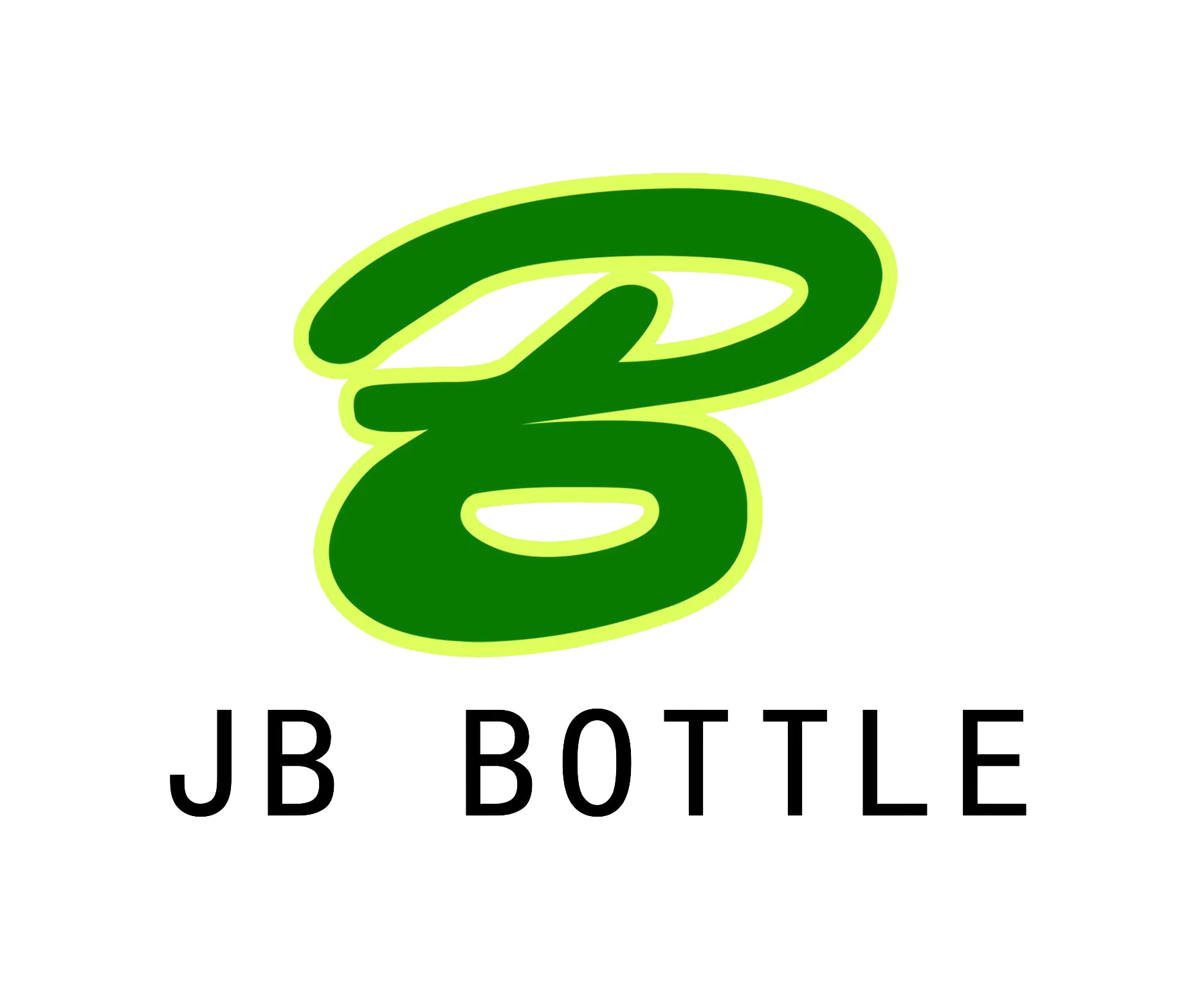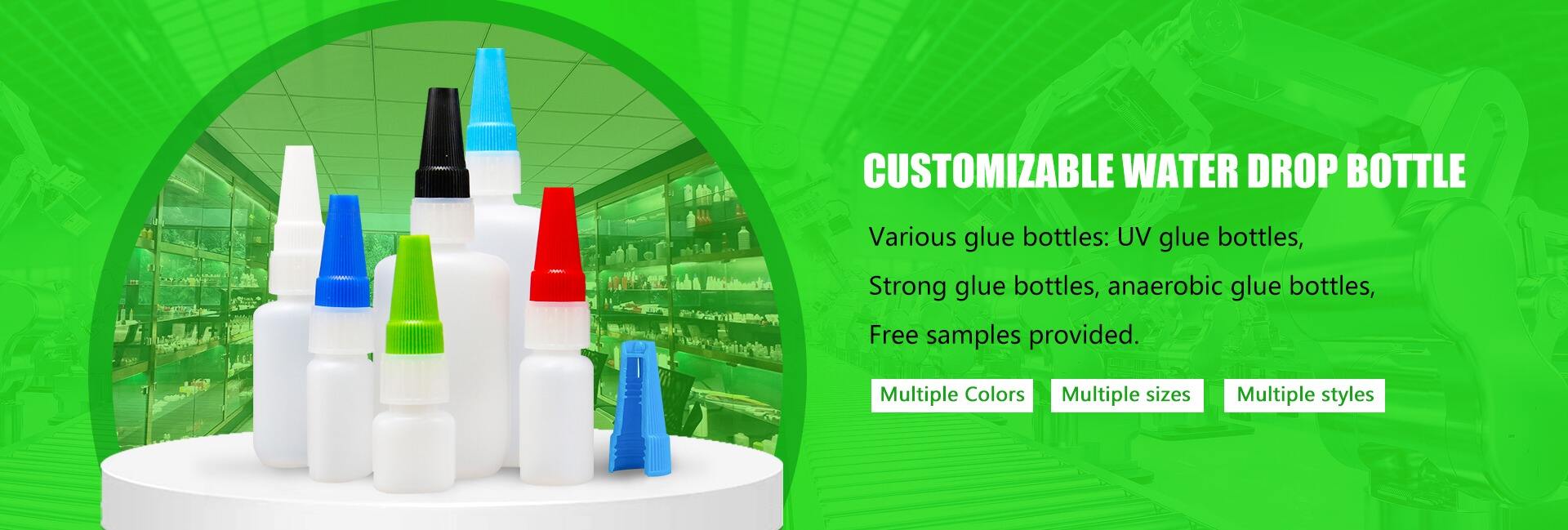Die Vorteile von Luftlosen Flaschen für Kosmetika in Europa
Verstehen von luftdichten Flaschen in der Kosmetikverpackung
Luftdichte Flaschen sind eine revolutionäre Entwicklung in der Kosmetikverpackung, entworfen um eine luftfreie Umgebung zu gewährleisten und so die Produktintegrität zu schützen. Diese Flaschen verwenden fortschrittliche Materialien wie hochwertiges Polypropylen, das durch ihr einzigartiges Design die Eindringung von Luft verhindert. Ein wesentliches Bauteil ist der Kunststoffkolben, der sich nach oben bewegt, um das Produkt durch den Dispenser zu schieben und so effektiv Lufträume zu eliminieren. Diese Konstruktion bewahrt nicht nur das Produkt, sondern reduziert auch Verschwendung, was sie zur attraktiven Option in der Beauty-Branche macht.
Die Bedeutung der airless-Technologie liegt in ihrer Fähigkeit, die aktiven Inhaltsstoffe in Kosmetika zu konservieren, insbesondere solche, die anfällig für Oxidation sind, wie Retinol und Vitamin C. Durch die Verhinderung von Luftzugang zu diesen empfindlichen Zutaten helfen airless-Flaschen dabei, die Wirksamkeit und das Haltbarkeitsdatum der Produkte aufrechtzuerhalten und sie um bis zu 15 % zu verlängern. Diese Technologie ist entscheidend für die Verpackung natürlicher Hautpflegeprodukte, die nur minimale synthetische Konservierungsstoffe verwenden, und bietet eine Konservierungslösung, die mit dem steigenden Verbraucherbedarf nach saubereren Produkten übereinstimmt.
Vorteile von Airless-Pumpenflaschen für nachhaltige Kosmetikverpackungen
Luftdichte Pumpe flaschen bieten eine nachhaltige Lösung, indem sie Oxidation und Kontamination effektiv verhindern, hauptsächlich durch ihre versiegelten Systeme. Studien haben gezeigt, dass die Belüftung zu erheblichen Produktschäden führen kann, insbesondere für Zutaten wie Antioxidantien und Vitamine. Die airless-Technologie verhindert solche Belüftung, indem sie eine luftdichte Umgebung aufrechterhält, wodurch die Integrität empfindlicher Bestandteile erhalten bleibt. Diese Methode verlängert nicht nur das Haltbarkeitsdatum von Produkten, sondern gewährleistet auch deren Wirksamkeit über die Zeit hinweg.
Darüber hinaus spielen luftdichte Pumpeflaschen eine entscheidende Rolle bei der Erhaltung der Produktintegrität und der Verlängerung der Haltbarkeit. Mit Statistiken, die eine Verlängerung der Haltbarkeit um bis zu 15 % im Vergleich zur traditionellen Verpackung zeigen, sind diese Flaschen äußerst vorteilhaft. Die versiegelte Umgebung, die sie bieten, reduziert externe Einflüsse, die normalerweise zu mikrobieller Vermehrung und Oxidation führen. Durch die Minimierung solcher Risiken sorgen luftdichte Pumpen dafür, dass das Produkt während seiner gesamten Verwendungsdauer wirksam und effektiv bleibt und so frische Qualität aufrechterhalten wird.
Anwendungen von Airless-Flaschen in der Schönheitsindustrie
Luftdichte Flaschen haben in der Schönheitsindustrie, insbesondere in der Hautpflege, eine breite Anwendung gefunden. Bemerkenswerte Beispiele sind ihre Verwendung in Cremes und Feuchtigkeitsmitteln, wo die Technologie präzise Dosierung und minimales Verschwendung bietet. Beliebte Hautpflegeprodukte wie hydratisierende Cremes, pflegenden Lotionen und Serums nutzen die airless-Technologie, um die Konsistenz zu erhalten und Kontaminationen zu verhindern. Serums, wie antioxidative und anti-aging Formeln, profitieren von dieser Verpackung, da das Vakuumsystem die Wirksamkeit der Wirkstoffe aufrechterhält. Sonnenschutzmittel verwenden ebenfalls airless-Pumpflaschen, um UV-Filter vor Luft- und Lichteinwirkungen zu schützen und ihre Effizienz über die Zeit hinweg sicherzustellen.
Die Vielseitigkeit von airless-Flaschen erstreckt sich über diese gängigen Anwendungen hinaus und zeigt ihre Anpassungsfähigkeit an verschiedene Kosmetikformulierungen. Maßgeschneiderte Kosmetikflaschen werden für verschiedene Produkte, von Gesichtscremes bis zu luxuriösen Serums, entwickelt, was ihre Flexibilität bei der Aufnahme unterschiedlicher Viskositäten und Produktanforderungen demonstriert. Diese Anpassungsfähigkeit macht die airless-Technologie zu einer attraktiven Option für Marken, die nach innovativen Verpackungslösungen suchen. Während sich die Branche weiterentwickelt, ermöglicht die Verwendung maßgeschneiderter airless-Flaschen kreative Freiheiten in der Produktgestaltung und bietet eine breite Palette an Schönheitsprodukten, wodurch die Gesamtkonsumerauerfahrung verbessert wird.
Die richtige airless-Flasche für Ihre Marke auswählen
Die Auswahl der perfekten luftdichten Flasche für Ihre Marke erfordert die Berücksichtigung mehrerer wichtiger Faktoren, um eine Kompatibilität mit Ihrer Produktformulierung sicherzustellen und sich den Vorlieben Ihres Zielmarktes anzupassen. Es ist entscheidend, die Viskosität des Produkts zu bewerten, da dickerere Formulierungen wie Cremes und Gels möglicherweise einen anderen Dosiermechanismus benötigen im Vergleich zu flüssigen Produkten. Gleichwertig wichtig ist das Verständnis der von Ihnen bedienten Zielgruppe; zum Beispiel bevorzugen umweltbewusste Konsumenten möglicherweise Flaschen aus recycelbaren Materialien.
Die Auswahl der Materialien und das Design haben einen erheblichen Einfluss auf die Nachhaltigkeit und den ästhetischen Reiz von luftdichten Flaschen. Es gibt verschiedene Materialien, wobei hochwertiges Polypropylen aufgrund seiner Recyclbarkeit eine beliebte Wahl ist. Gleichzeitig bietet das Design-Element eine Vielzahl von Optionen, wie zum Beispiel Einzel- oder Doppelkammer-Pumpen, die verschiedene Formulierungen oder Produkt-Schritte aufnehmen können. Marken können ihre Flaschen mit ansprechenden Merkmalen wie Farbvariationen, Beschriftungen und Oberflächenfinish anpassen, um sicherzustellen, dass die Verpackung nahtlos mit ihrem Markenimage und den Erwartungen der Konsumenten übereinstimmt.
Die Rolle von luftdichten Flaschen in nachhaltigen Praktiken
Luftdichte Flaschen spielen eine entscheidende Rolle in nachhaltigen Verpackungspraktiken, indem sie umweltfreundliche Materialien und effiziente Dosiersysteme nutzen. Viele Hersteller verwenden heute recycelbare Materialien wie Polypropylen (PP), PETG und Acryl. Diese Materialien erfüllen Branchenstandards und sind oft mit Zertifizierungen für Umweltsicherheit ausgestattet. Durch die Auswahl solcher nachhaltigen Optionen verringern Marken ihren CO2-Fußabdruck und tragen zu einem umweltfreundlicheren Verpackungsbereich bei.
Neben der Verwendung umweltfreundlicher Materialien verringern luftdichte Flaschen durch ihre effizienten Dosiersysteme erheblich den Müll. Das vakuumgestützte Dosiersystem sorgt dafür, dass bis zu 95 % des Produkts den Verbraucher erreichen, was das üblicherweise in herkömmlicher Verpackung entstehende Restmüll minimiert. Diese Effizienz schont nicht nur Ressourcen, sondern deckt sich auch mit dem wachsenden Konsumenteninteresse an nachhaltigen Produkten. In der Kosmetikbranche unterstreichen solche Müllreduktionswerte die zentrale Rolle der luftdichten Flaschen bei der Förderung nachhaltiger Praktiken ohne Kompromisse bei der Produktqualität.
Zukünftige Trends in der Technologie luftdichter Verpackungen
Die Zukunft des luftlosen Verpackungsdesigns wird durch innovative Designs und avantgardistische Technologien geprägt, die darauf abzielen, die Benutzererfahrung und den Produktschutz zu verbessern. Neuerliche Fortschritte umfassen die Entwicklung von luftleeren Flaschen mit verbesserten Pumpeinheiten, die eine noch präzisere Dosierung ermöglichen und so das Verschwendung maßgeblich reduzieren. Diese Innovationen machen die Verpackungen nicht nur benutzerfreundlicher, sondern verlängern auch effektiver das Haltbarkeitsdatum der Produkte, indem sie einen besseren Schutz vor Verschmutzung und Verderb bieten.
Marktwachstumsanalysen und Verbraucherpräferenzen zeigen einen zunehmenden Trend hin zu nachhaltigen und effizienten Verpackungslösungen. Branchenberichte deuten auf eine positive Entwicklung in der Nachfrage der Verbraucher nach umweltfreundlichen Verpackungen, wobei luftdichte Flaschen den Ton angeben. Dies wird von einem wachsenden Bewusstsein für Umweltprobleme und einem verstärkten Fokus auf Nachhaltigkeit in der Produktverpackung getrieben. Verbraucher ziehen heute Verpackungen vor, die nicht nur die Produktqualität bewahren, sondern auch den ökologischen Fußabdruck minimieren, was das Marktpotential für airless-Technologie untermauert.


